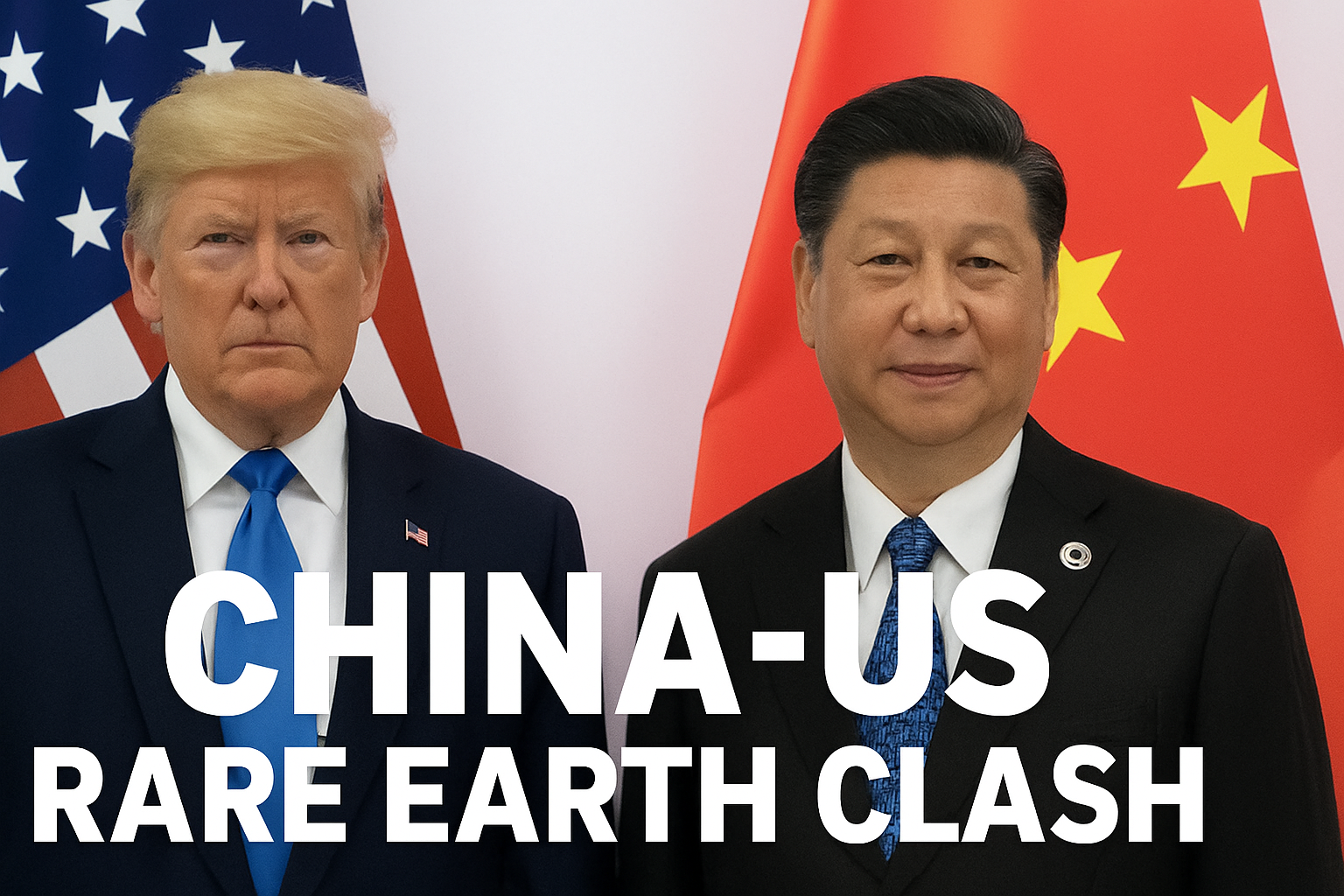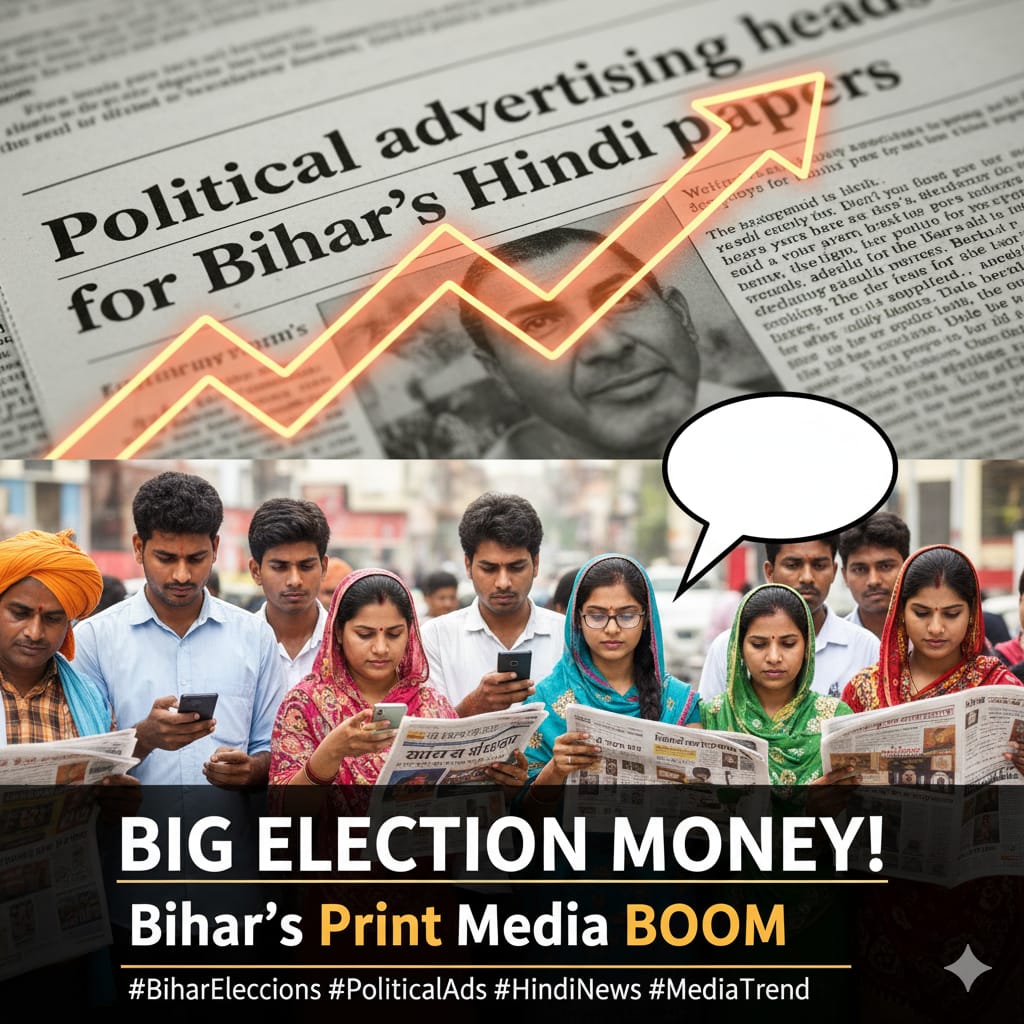
The political landscape in Bihar is gearing up for a fiercely contested Assembly election, and with it, a significant shift in advertising strategy is emerging. Hindi newspapers across the state are poised to capture an unprecedented share of the political advertising budget, cementing their role as the primary, most trusted, and widest-reaching medium for campaigns.
A recent analysis of circulation data and advertising trends reveals a dramatic surge in political ad spending. While political advertisements accounted for approximately 3% of the overall newspaper advertisement revenue during the last major state elections, the current projections indicate this figure is set to more than double, potentially touching 6% or even higher. It underscores the essential and enduring value of print media in a state with a large and growing readership, particularly in semi-urban and rural centers.
The data released by the Audit Bureau of Circulations (ABC) confirms the buoyancy of the Hindi newspaper market in Bihar. Even before the election fever peaked, the overall Hindi news print ad spend saw an increase of 3% over the previous six-month period ending in June. This steady growth is accelerating with the onset of the election cycle, placing significant operational pressure on the newspapers, which are now working under tight deadlines to manage increased content consumption and complex partnerships with political parties and major advertisers.
Print Dominates the Political Narrative
The preference for Hindi newspapers among political strategists stems from several key factors—primarily trust, credibility, and unparalleled reach. In the noise of digital platforms and social media, newspapers offer a tangible, reliable medium that provides a much-needed "ground beneath the noise," as one media executive noted.
"Newspapers have become the main political advertising platform," stated a senior executive from a leading Hindi daily. This sentiment is echoed by other industry stalwarts. Pankaj Gupta from Prabhat Khabar emphasized that newspapers are seen as the "most trusted and powerful channel" to deliver key political messages directly to the electorate.
In a state like Bihar, characterized by diverse demographics and significant rural populations, digital-only strategies often fall short. Vikas Singh from Hindustan highlighted this crucial limitation, pointing out that "digital platforms alone don't offer the sufficient reach" necessary to communicate with the large 'Bihari' audience scattered across smaller towns and rural areas. The growing literacy rate in the state further supports the print market, ensuring the message lands effectively and credibly.
The Rise of Integrated Advertising Strategies
While print is the primary platform, the industry is not ignoring the digital revolution. Publishers are strategically integrating their digital assets with their core print offerings to provide 360-degree advertising solutions. This comprehensive approach allows campaigns to leverage the credibility of print while benefiting from the interactivity and immediacy of digital platforms.
Simultaneously, the digital advertising landscape is also experiencing a massive boost. Social media advertising is projected to see a 20% to 25% surge in spending by political parties and campaigns. However, rather than viewing this as a threat, print publishers are integrating these channels, offering bundled packages that maximize voter outreach.
Dheeraj Shukla of HT Media elaborated that the Hindi readership market's compound annual growth is expanding across Tier 2 and Tier 3 cities, making a compelling case for advertisers to include both reach and impact in their strategies. The focus is on ensuring that advertising provides genuine value and measurable engagement, a shift welcomed by the Election Commission for its emphasis on transparency and accountability.
The Focus Shifts to Local Issues
In terms of campaign content, the Pick of the Day for advertisers is clearly a shift toward addressing local and grassroots issues. Massive unemployment, deficiencies in healthcare, and the quality of education are deeply embedded in the campaign narratives. Political parties are focusing their communication on these core issues that directly impact the daily lives of the citizens.
This thematic focus is translating into higher-quality ad campaigns that are more targeted and relevant. Consequently, political strategists are seeking media partners who can not only deliver mass reach but also provide the necessary context and credibility to these serious socio-economic messages. Shashi Jain of Dainik Bhaskar confirmed that while parties are initially focusing on traditional media like print, they are simultaneously embracing digital to create a complete and cohesive electoral narrative.
The massive investment heading toward print underscores a fundamental truth about Indian elections: credibility and deep regional penetration remain the most critical carriers of political success. For the upcoming polls, Bihar’s Hindi newspapers have become the heart of the political communication strategy.



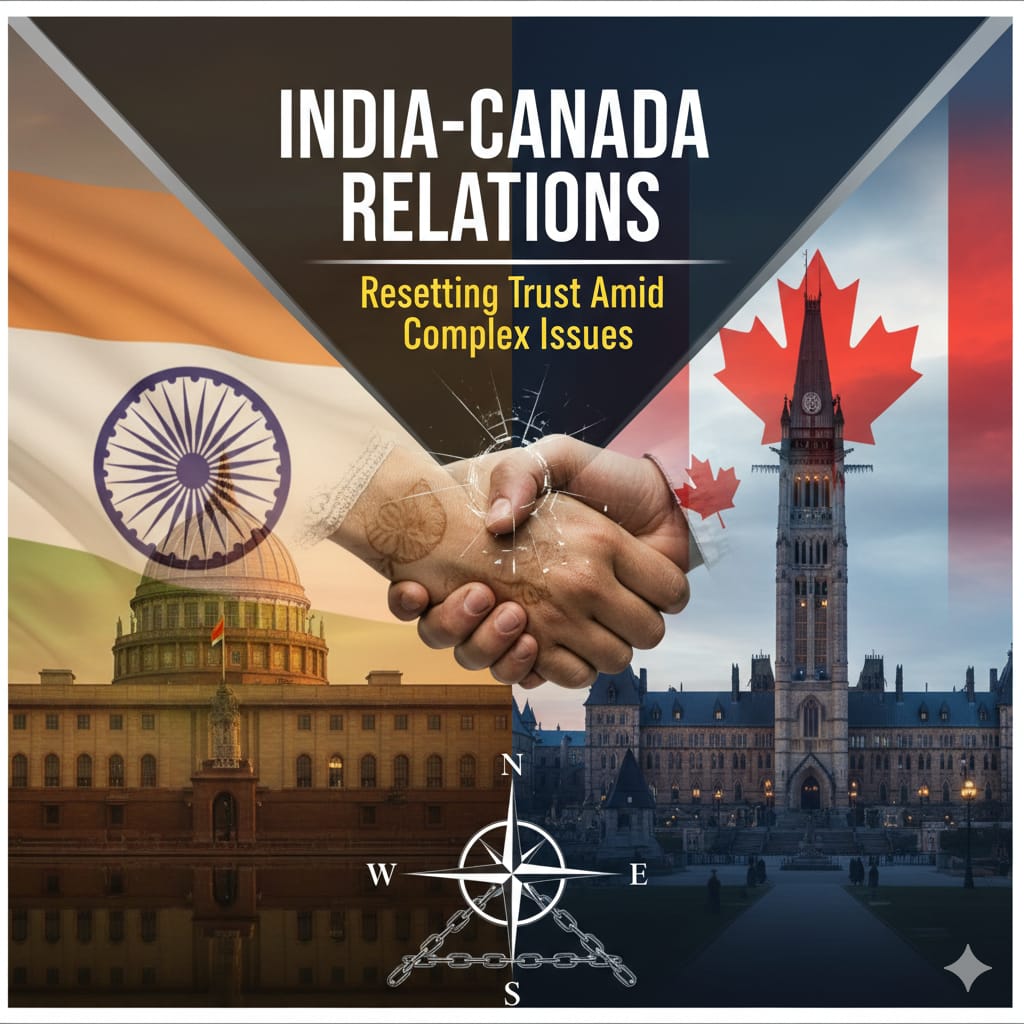
.jpeg)



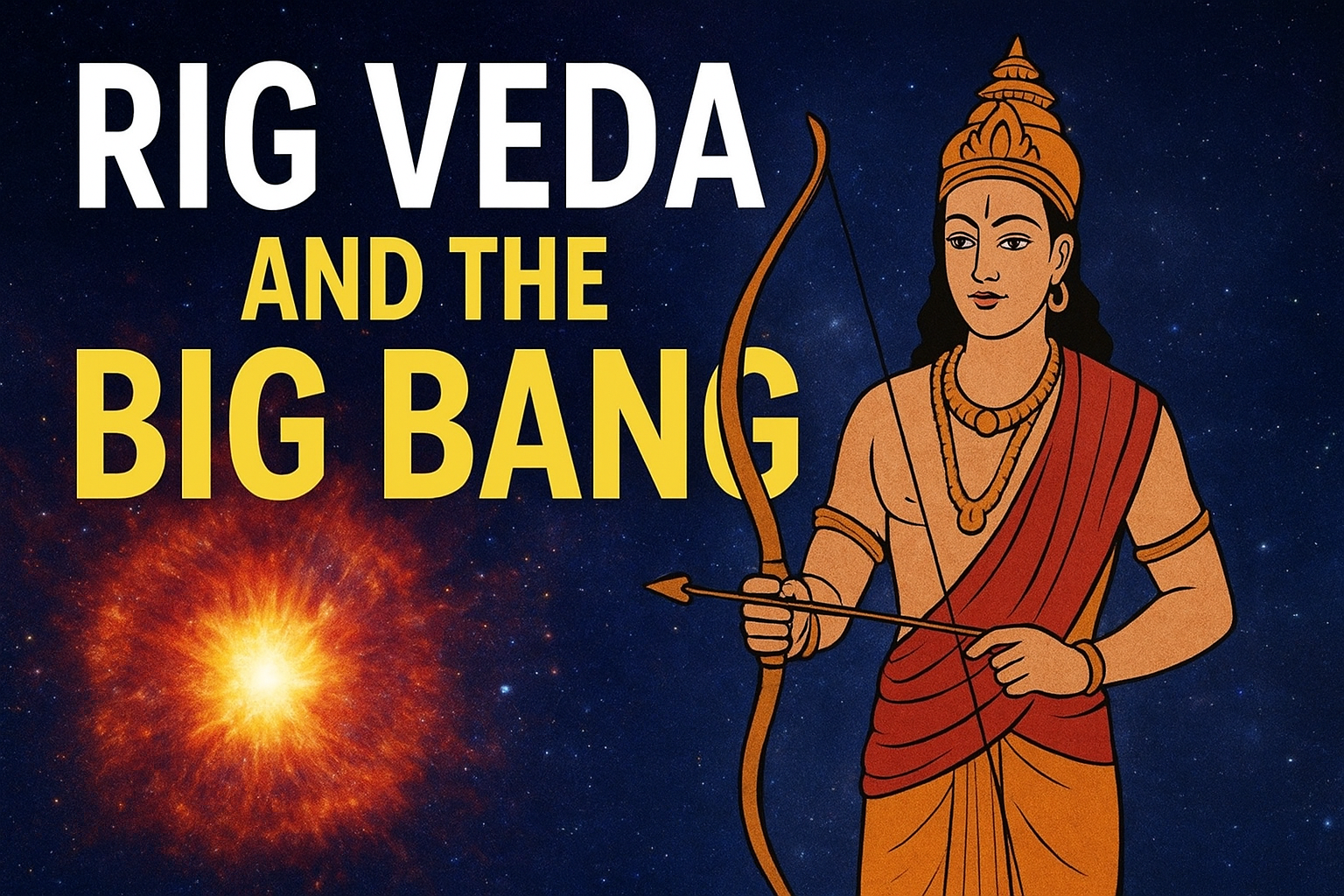
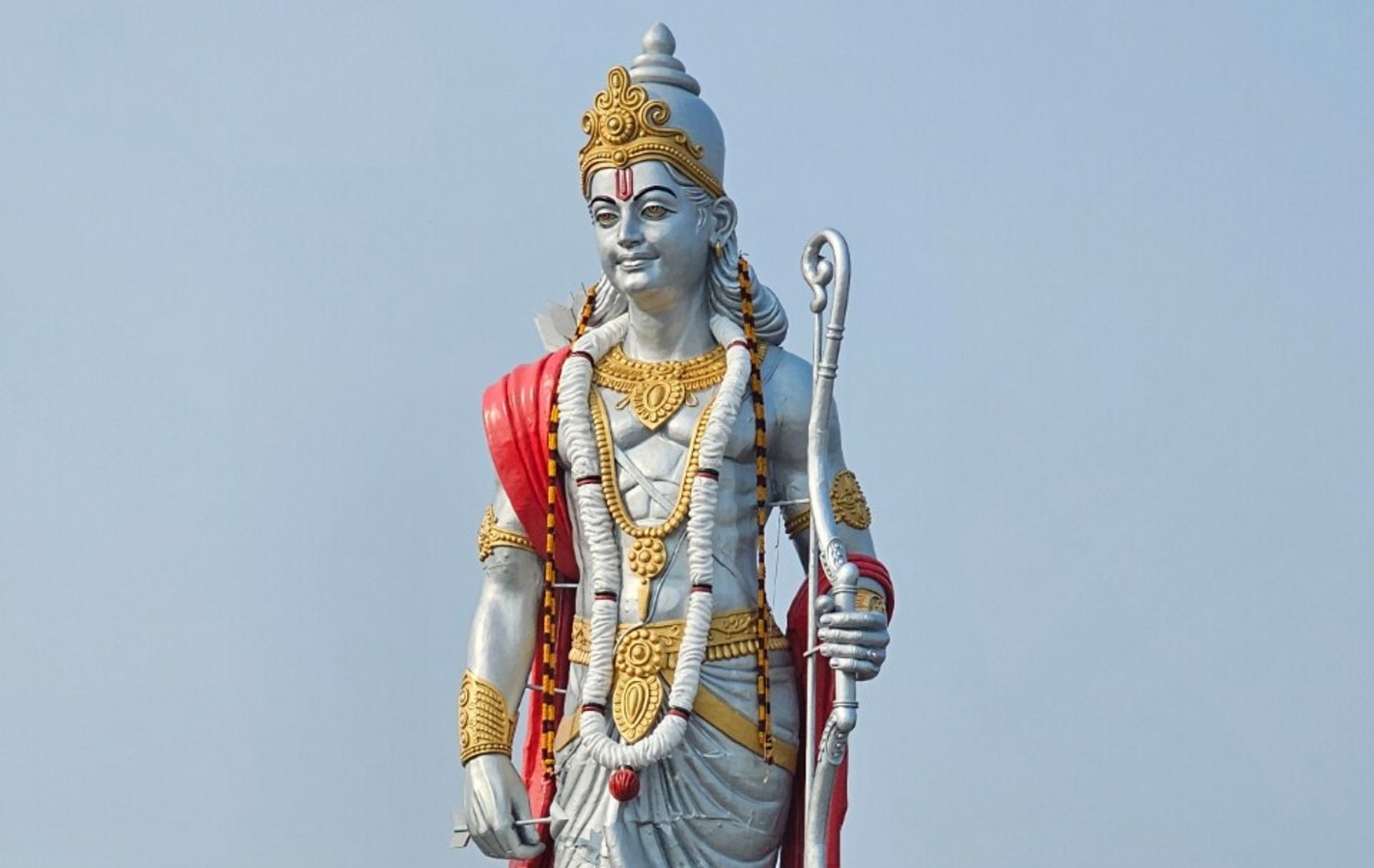
.jpeg)
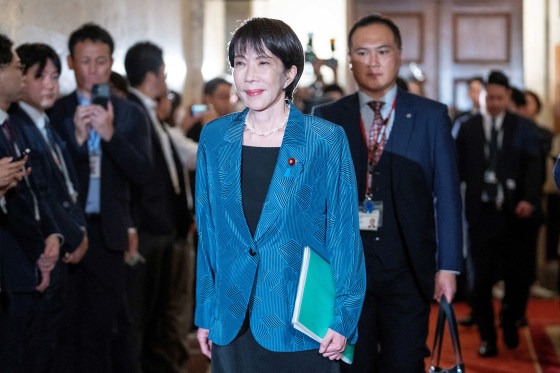

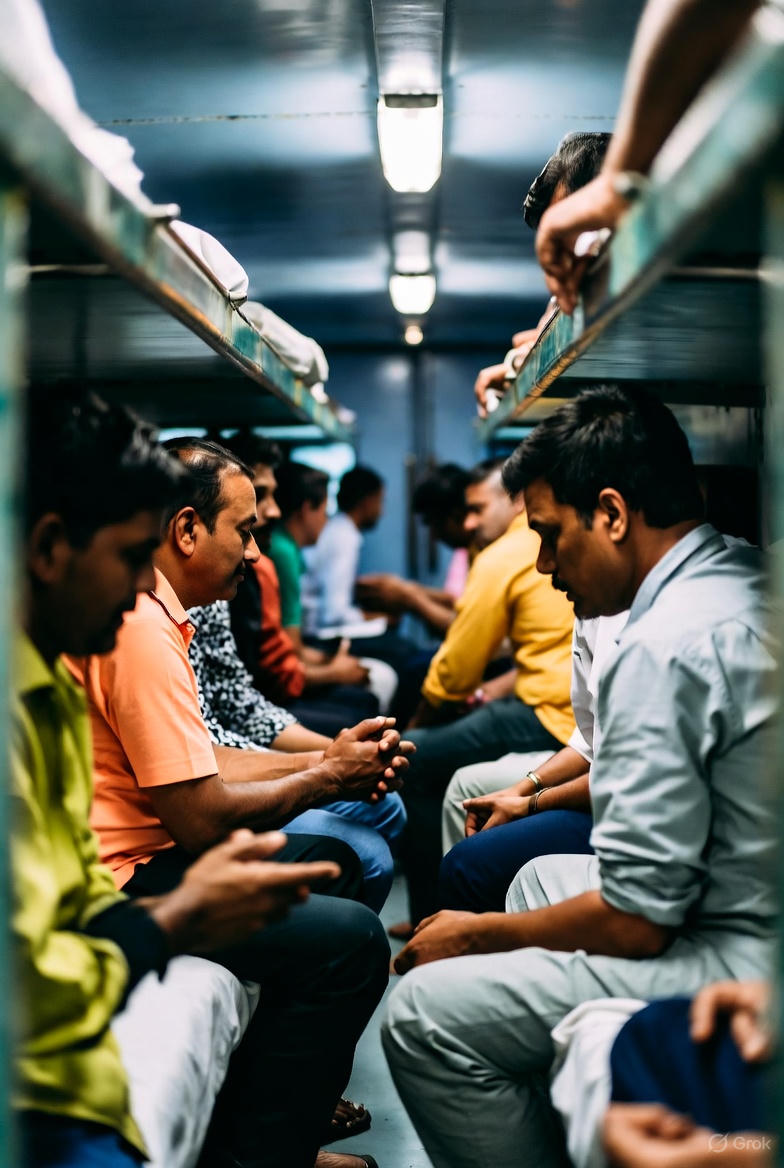
.jpeg)

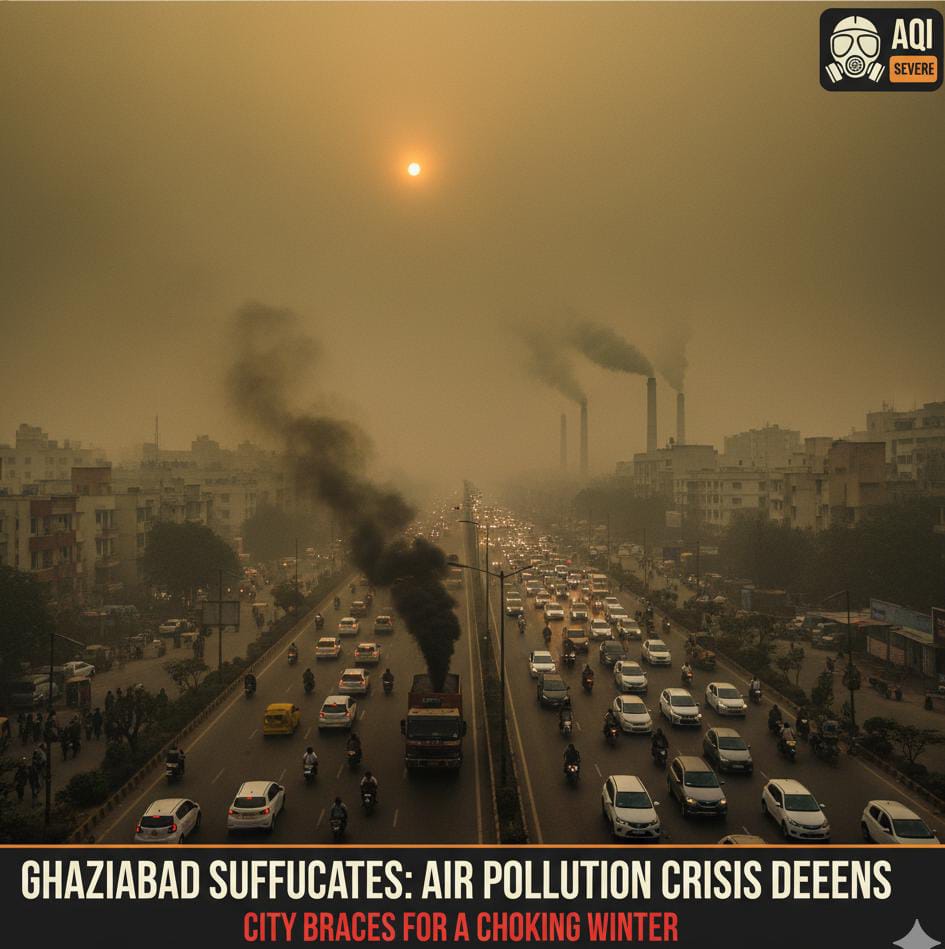

.jpeg)
.jpeg)
.jpeg)
